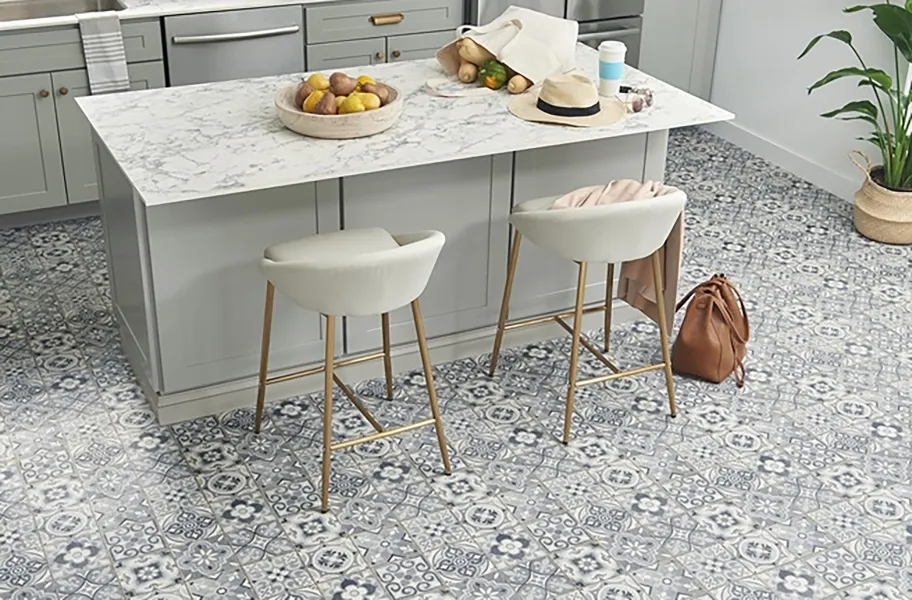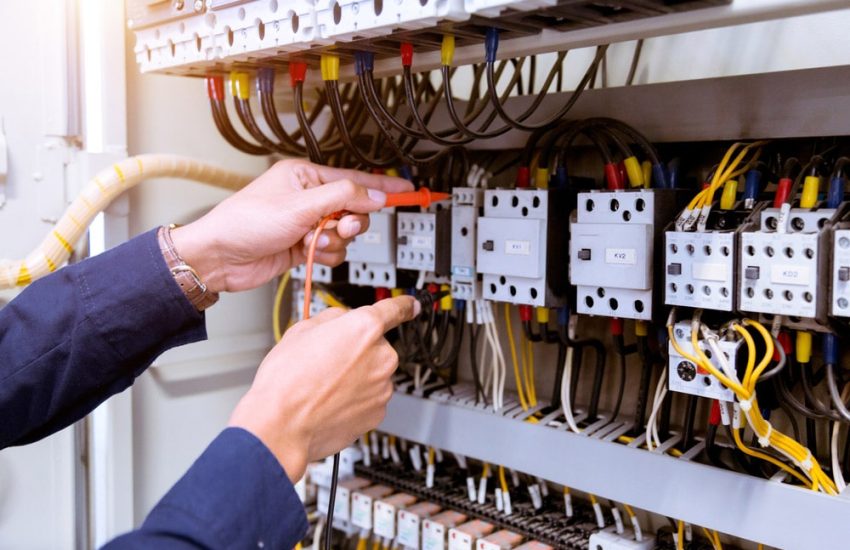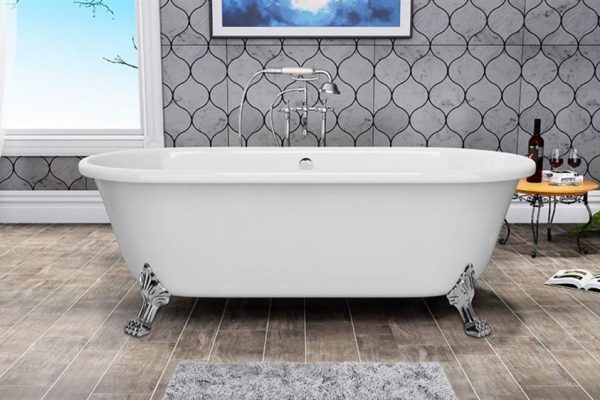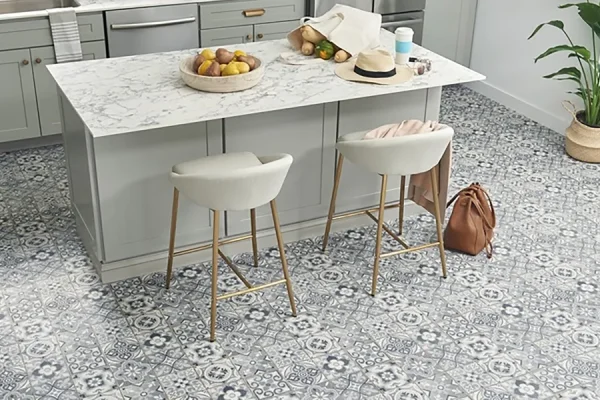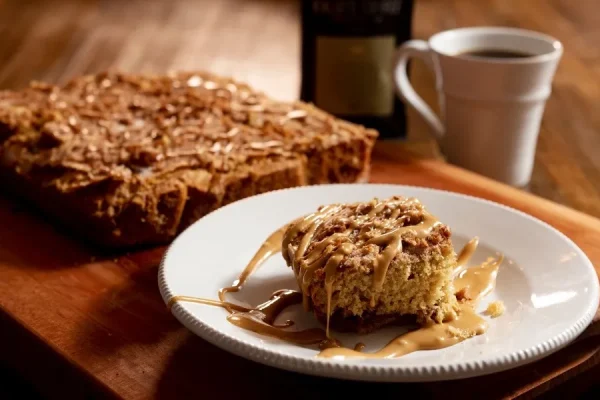How to Care for and Maintain Your Vinyl Flooring
Vinyl flooring has become an increasingly popular choice for both residential and commercial spaces due to its durability, water resistance, and stylish appearance. Whether you have luxury vinyl planks (LVP) or vinyl tiles, proper care and maintenance can significantly extend the life of your flooring while keeping it looking as good as new.
If you’ve invested in Club Ceramic vinyl flooring, following the right cleaning and maintenance practices will ensure that your floors retain their beauty and functionality for years to come. Here’s a comprehensive guide on how to care for and maintain your vinyl flooring.
1. Establish a Regular Cleaning Routine
Daily or Weekly Cleaning:
- Sweep or vacuum regularly to remove dust, dirt, and debris that can cause scratches.
- Use a vacuum without a beater bar to prevent surface damage.
- For quick clean-ups, a microfiber mop works effectively to capture dust.
Why It’s Important:
Dirt and grit act like sandpaper, gradually wearing down the floor’s protective layer, which can dull the finish over time.
2. Mop with Gentle Cleaners
How to Mop Correctly:
- Use a damp mop with warm water and a mild, pH-neutral floor cleaner.
- Avoid soaking the floor with excessive water, as standing water can seep into seams and edges, causing damage.
- For tougher stains, a solution of apple cider vinegar and water works wonders without leaving a sticky residue.
What to Avoid:
- Harsh chemicals like bleach, ammonia, or abrasive scrubbers can damage the protective wear layer.
- Steam mops are not recommended for vinyl flooring, as the heat can cause warping.
3. Protect Your Vinyl Flooring from Scratches
Furniture Protection:
- Use felt pads or soft glides under furniture legs to prevent scratches.
- When moving heavy items, always lift instead of dragging them across the floor.
Area Rugs and Mats:
- Place doormats at entryways to trap dirt and moisture.
- Use non-rubber-backed rugs to prevent discoloration of the vinyl surface.
These small preventive measures can significantly reduce the risk of scratches and scuffs.
4. Address Spills and Stains Immediately
Vinyl flooring is water-resistant, but it’s still important to clean up spills promptly to prevent staining and potential damage to the seams.
For Common Spills:
- Wipe up liquids with a soft cloth or paper towel.
- Use a damp mop for sticky residues.
For Stubborn Stains:
- Scuff marks: Rub gently with a soft cloth and baking soda paste.
- Ink, paint, or lipstick: Use a small amount of rubbing alcohol on a cloth and gently blot the area.
- Grease stains: A diluted solution of dish soap and warm water can help remove greasy residues.
5. Minimize Sun Exposure to Prevent Fading
Prolonged exposure to direct sunlight can cause fading or discoloration over time.
Sunlight Protection Tips:
- Use curtains, blinds, or UV window films to reduce direct sunlight exposure.
- Rotate area rugs and furniture periodically to ensure even color distribution.
This helps maintain the vibrancy and uniformity of your vinyl flooring’s color.
6. Avoid Common Mistakes That Can Damage Vinyl Flooring
Mistakes to Avoid:
- Using abrasive tools like steel wool or scrub brushes
- Applying wax, polish, or oil-based cleaners, which can leave a sticky residue
- Ignoring spills, which can seep into seams and cause damage over time
By avoiding these mistakes, you’ll preserve the integrity of your flooring for years to come.
7. Maintain Temperature and Humidity Levels
Vinyl flooring can expand or contract with extreme temperature changes. To prevent issues like warping or buckling:
- Maintain an indoor temperature between 65°F and 85°F (18°C – 29°C).
- Use a humidifier or dehumidifier to control indoor humidity levels if needed.
Consistent environmental conditions help your flooring stay stable and flat.
8. Seasonal Deep Cleaning Tips
While regular cleaning keeps your vinyl flooring looking great, it’s also a good idea to perform a deep clean every few months:
- Move furniture carefully to clean underneath.
- Use a gentle floor cleaner designed specifically for vinyl.
- Rinse the floor with clean water after using any cleaning solution to prevent residue buildup.
Deep cleaning helps maintain the floor’s shine and cleanliness over the long term.
9. Repairing Minor Damage
Dealing with Scratches:
- Minor scratches can be hidden with a vinyl floor sealer or scratch repair kit.
- For deeper gouges, consider using a vinyl floor repair patch or consult a flooring specialist.
Fixing Loose Tiles or Planks:
- Use adhesive specifically designed for vinyl flooring to reattach loose sections.
- For more significant damage, individual planks or tiles can often be replaced without redoing the entire floor.
10. When to Call a Professional
While most vinyl flooring issues can be managed with DIY care, there are situations where it’s best to seek professional help:
- Large sections of water damage
- Severe warping or buckling
- Complex repairs involving subfloor issues
Conclusion
Proper care and maintenance are key to preserving the beauty, durability, and longevity of your vinyl flooring. By following these simple tips—like regular cleaning, immediate spill management, and scratch prevention—you can ensure your floors look stunning for years to come.

